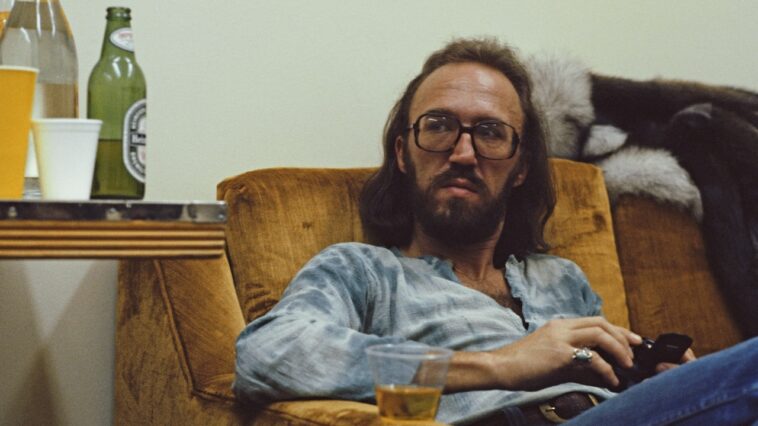Perhaps more than any musician on a landmark recording, the bass player can languish in anonymity even long after the song attains classic status.
Witness Carl Radle, who from the late ’60s to the late ’70s grounded such mega-hits as Eric Clapton’s Wonderful Tonight and Lay Down SallyGeorge Harrison’s My Sweet LordLeon Russell’s Tightropeand Delaney & Bonnie’s Never Ending Song of Lovenot to mention Joe Cocker’s gritty Mad Dogs and Englishmen covers.
Radle’s discerning, flash-free bass guitar style didn’t draw him any additional outside attention, but he had an impact on many bassists – including his peer Jerry Scheff, who credits Radle with changing his concept and teaching him about the elegance of space in the groove.
Radle was born in Tulsa, Oklahoma, on the same day as Paul McCartney. He had logged some time on the clarinet, piano, and guitar by the time he picked up a Danelectro bass at age 15 – enabling him to do his first gig the very next day!
Drawing from the influences of Willie Dixon, and Joe Osborn, Radle hooked up with fellow Tulsa native Leon Russell, eventually heeding his advice to move to Los Angeles.
Quickly established, Radle balanced his big-time rock credits among stints with Gary Lewis & the Playboys, J.J. Cale, John Lee Hooker, Buddy Guy, Sergio Mendes, Dr. John, and King Curtis, before the cumulative effects of alcohol and drugs led to his death from kidney disease in 1980, at age 37.
No Radle performance alludes to his versatility better than Derek & the Dominos’ Layla. On Clapton’s song about his love for George Harrison’s wife, Patti Boyd – made all the more poignant by the haunting piano coda written and played by drummer Jim Gordon – Radle revealed his melodic sensibilities beneath the immortal pairing of guitar gods Clapton and Duane Allman.
The sessions took place at Miami’s Criteria Studios Room B in early September 1970, with the four joined by keyboardist/guitarist Bobby Whitlock (who maintains that he did a take of the piano part, with producer Tom Dowd combining his and Gordon’s takes for the released version).
The song was actually three separately recorded parts spliced together: The blues-rock opening section, Gordon’s solo piano, and the last section, with the band coming back in to play to the piano track. The first section was recorded in F (Dm) and the piano sections were recorded in C – however, the tape was sped up slightly to make the keys sound closer to F# (D#m), and C#.
The song opens with four bars of Allman’s regal riff, doubled by Clapton. Entering with support at bar 5 are Gordon’s drums and Radle, whose quarter-note-on-the-downbeat pattern anchors the soaring dual guitars.
With the electric guitars paring way back for the vocal entrance at the first verse, Radle ups his motion via double-time-implying funky syncopation. He then shows his keen melodic side starting at 00:33 with a harmonically astute ascending line through the chord changes that peaks at the high F#.
For the corresponding next two bars he descends via three jazzy drops – possibly the result of his being a fan of Ray Brown and Stanley Clarke. As Radle told Guitar Player in August 1976, when asked about his role with Clapton, “I’m doing both rhythm and countermelody at the same time. I consider myself the connection between, say, Eric and the drums. Melodically, I would listen to Eric, but my responsibility is really with the rhythm section.”

The solo piano at 03:11 initiates the song’s second half, and with the band poised to re-enter at 03:34, Radle unleashes a slide-filled pentatonic pickup, perhaps a nod to the influence of Joe Osborn’s smooth, slide-laden bass guitar style. For the next 16 bars he establishes a legato, melodic pace, heavy on tone and expressive phrasing.
At 04:10 (the B section of the piano coda), note how Radle matches the rhythm of the ascending melody exactly in the second half of the bar, while countering it with a descending line. Finally, the extended outro is boosted by the return of such subtleties as scoops and the long and short notes he used so effectively in the song’s first half.
Radle likely played his Fender Precision Bass with a Jazz Bass neck, strung with Ernie Ball flatwounds and recorded direct and through a Fender Bassman amp, with mostly the direct signal used.
